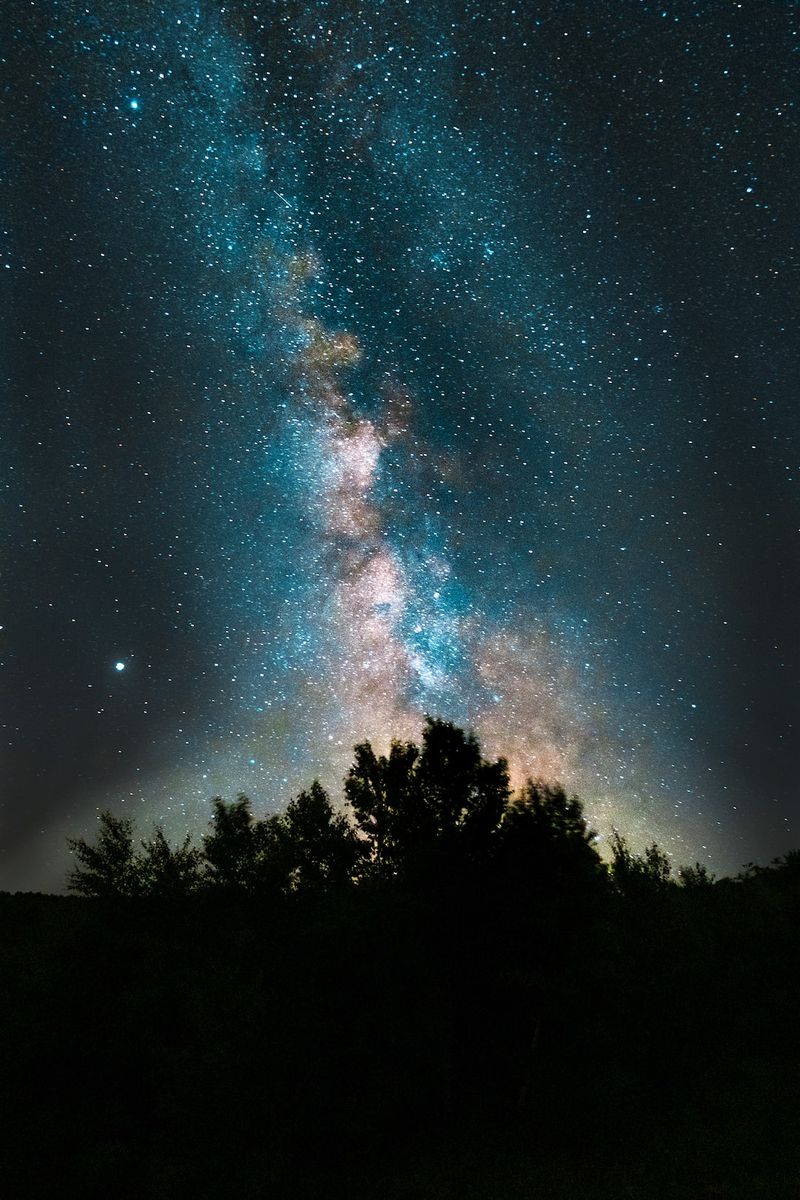Orionid Meteor Showers: A Spectacular Stargazing Event
The Beauty of the Orionids
The Orionid meteor shower, described by NASA as “one of the most beautiful showers” of the year, is set to illuminate the night sky in the coming days. Known for their brightness and speed, the meteors of the Orionid shower travel at an astonishing velocity of about 148,000 miles per hour or 41 miles per second. Due to their incredible speed, some of the meteors leave glowing trails of debris, creating a mesmerizing spectacle for stargazers.
Adding to the allure of the Orionids is the backdrop provided by the brightest stars in the night sky. As they shine brilliantly alongside the meteors, creating a picturesque display for observers to enjoy.
When and Where to Witness the Orionids
The Orionid meteor shower began on September 26 and will continue through November 22. However, the peak of the shower is expected on October 21. During this time, viewers in moonless skies can anticipate seeing around 23 meteors per hour, according to NASA.
The meteor shower will be visible in both the northern and southern hemispheres. To optimize your chances of witnessing this celestial event, it is recommended to look at the night skies “during the hours after midnight.” Additionally, getting away from sources of light pollution will provide a clearer view of the shower. It is suggested to give your eyes approximately 30 minutes to adapt to the darkness to fully appreciate the meteors.
For observers in the northern hemisphere, lying flat on your back with your feet facing southeast is advised. On the other hand, those in the southern hemisphere should point their feet northeast. To locate the radiant, the point in the sky from which the meteors seem to originate, locate the constellation Orion and the star Betelgeuse. Gazing 45 to 90 degrees away from Orion will enhance the length and spectacle of the meteors, as directly staring at Orion may cause them to appear shorter.
It’s important to note that the Orionid meteor shower will last until dawn, allowing ample time for stargazers to immerse themselves in the beauty of this astronomical phenomenon.
The Philosopher’s Perspective: Contemplating Cosmic Wonder
Events like the Orionid meteor shower remind us of the vastness and mystery of the universe. Looking up at the night sky filled with streaking meteors, we are confronted with our own infinitesimally small place within the cosmos. It prompts existential questions and sparks a sense of wonder that has captivated humans throughout history.
Philosophically, meteor showers invite reflection on the transient nature of existence. The meteors, representing fragments of comets and asteroids, hurtle through space at incredible speeds and disintegrate upon entering Earth’s atmosphere. Their fleeting beauty serves as a reminder that life, too, is ephemeral, and we should cherish and appreciate the magnificent moments that come our way.
Moreover, the Orionids shed light on the interconnectedness of our planet and the wider universe. These meteors originate from Halley’s Comet, which takes 76 years to complete its orbit around the sun. The particles left by this celestial visitor continue to grace our skies even in its absence, demonstrating the enduring impact of cosmic phenomena on Earth. This realization can inspire a sense of awe and foster a deeper appreciation for the interconnectedness of all things.
Looking Ahead: The Leonids and Beyond
While the Orionid meteor shower is a celestial treat to behold, it is essential to keep an eye on future astronomical events as well. The next meteor shower in 2023 is the Leonids, which will begin on November 3 and overlap briefly with the Orionids before ending on December 2. The Leonids will reach their peak on November 18, providing another opportunity for stargazers to witness a breathtaking display.
These meteor showers, along with other celestial events, offer an invitation to reconnect with the grandeur of the universe. As humans, we have always sought solace and inspiration by looking up at the night sky. Amidst our busy lives and the challenges we face, taking a moment to marvel at the wonders of the cosmos can bring a sense of serenity and perspective into our existence.
So, mark your calendars and make time to witness the celestial spectacle of the Orionid meteor shower. Let it serve as a reminder of the awe-inspiring beauty of the universe and a call to contemplate our place within it.
As Carl Sagan once famously stated, “We are a way for the cosmos to know itself.” Embrace the stars and allow the mysteries of the universe to ignite your curiosity and sense of wonder.

<< photo by Wenhao Ryan >>
The image is for illustrative purposes only and does not depict the actual situation.
You might want to read !
- A Celestial Spectacle: The Timely Arrival of the Super Blue Moon in 2023
- Perseid Meteor Shower Peaks Tonight: A Celestial Spectacle Not to Be Missed
- A Celestial Spectacle: A Guide to Witnessing the Peak of the Perseids Meteor Shower
- Battling London Rivals: A Guide to Streaming Chelsea vs. Arsenal
- “Unlocking the Thrills: Your Definitive Guide to Streaming the 2023 F1 Austin Grand Prix on ESPN+”
- “Bowling Battles and Batting Brilliance: Live Coverage of Australia vs Pakistan Cricket World Cup 2023”
- Hope and Resilience: The Remarkable Story of an American Mother and Daughter Held Hostage by Hamas
- “Raising the Stakes: Analyzing the Kidnapping of 2 American Hostages by Hamas in Israel”
- Wild Win and Bench-Clearing Drama: Jose Altuve’s Heroic Home Run Seals Victory for the Astros
- The Rise and Reign of Gwen Stefani: A Well-Deserved Star on the Hollywood Walk of Fame
- Messi Sets the Record Straight: No Loan Move from Inter Miami – ESPN
- Lionel Messi’s Redemption: Argentina Reigns with 2-0 Victory




